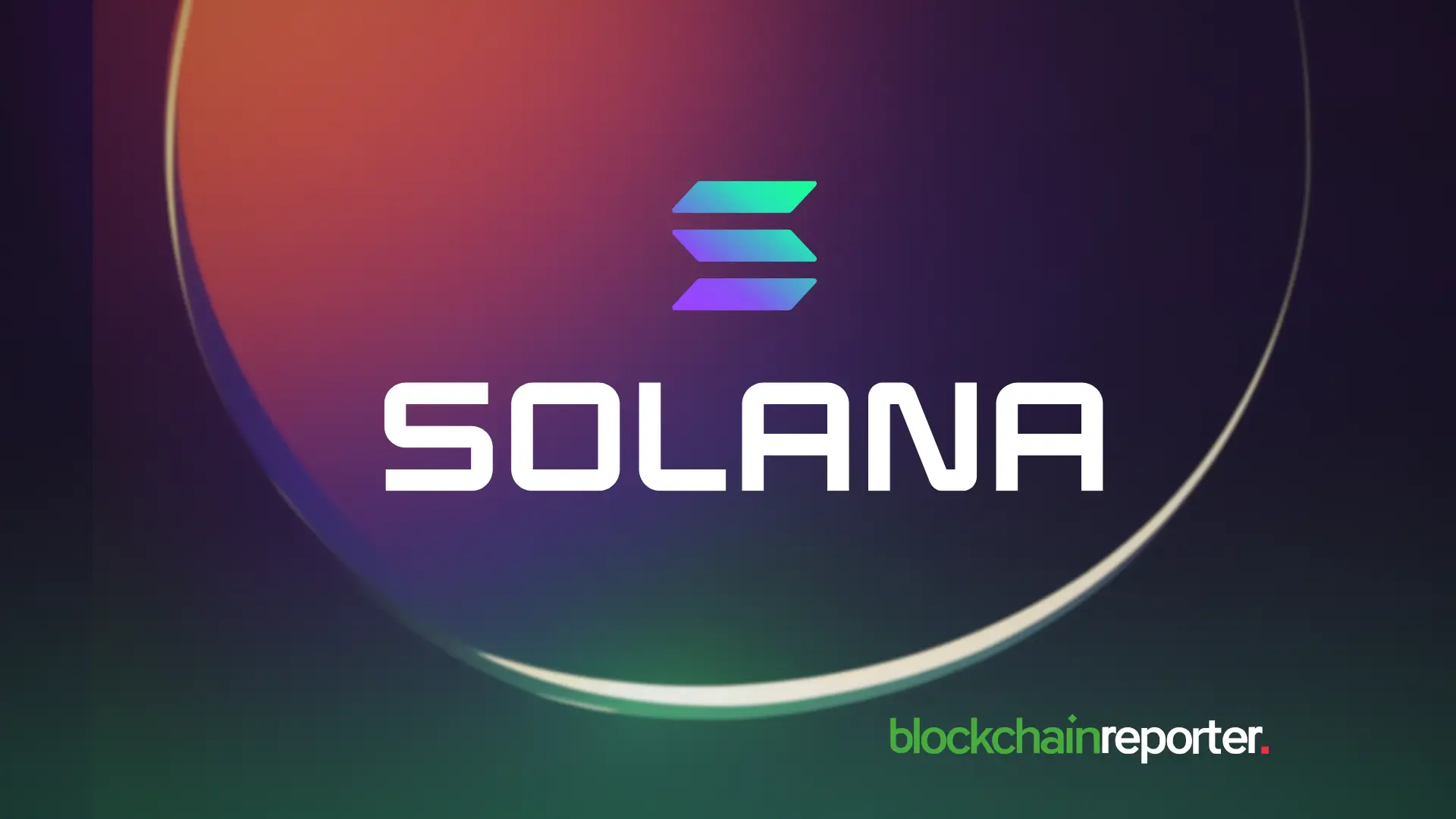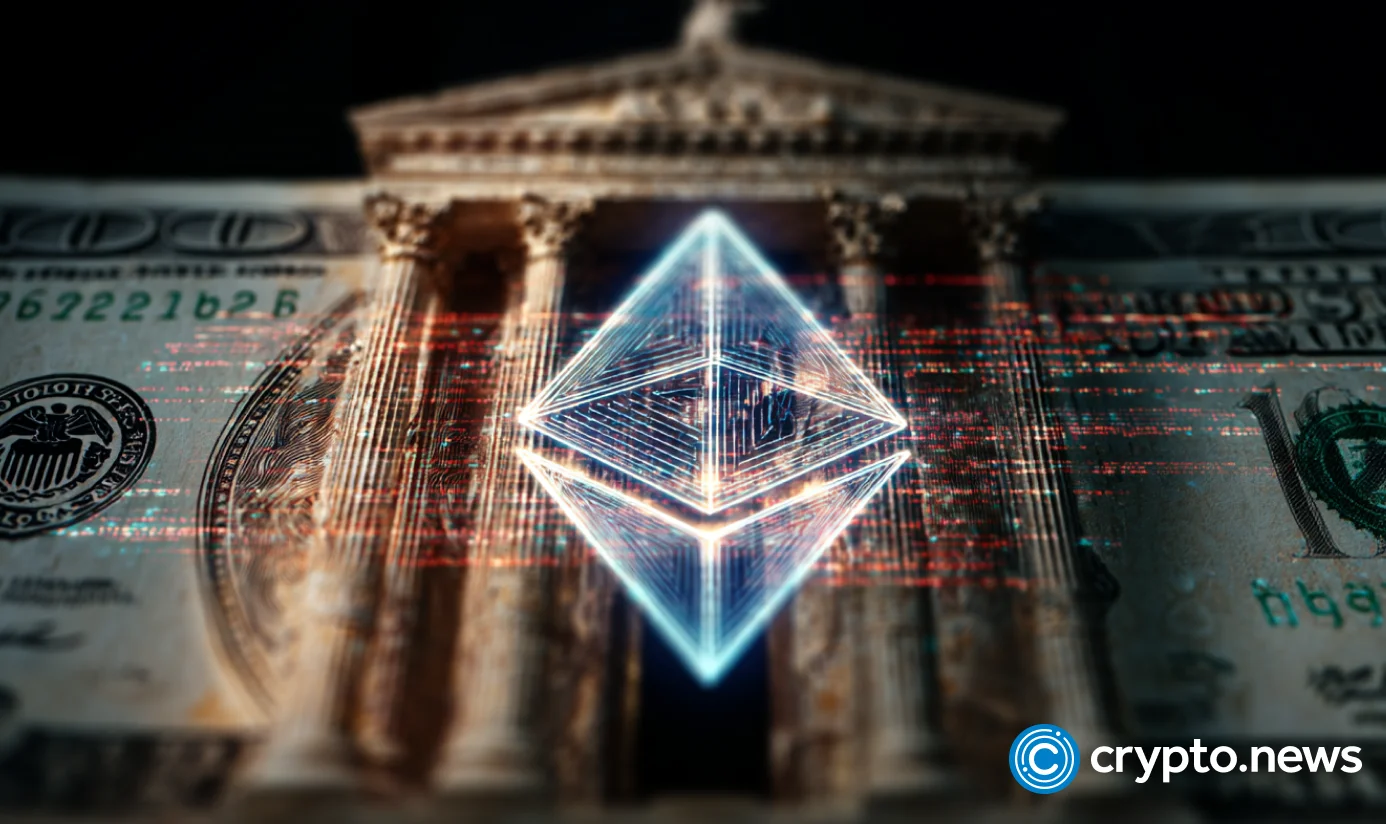As the national round of the World Computer Hacker League (WCHL) 2025, a global hackathon initiative led by the ICP HUBS Network, concluded, a special session was held where judges offered invaluable advice and candid feedback to the participating teams.
Judges
The judging panel brought a diverse range of expertise from various sectors:
- Clement Chaikov – Head of Events and Community at DFINITY
- Alevtina Labyuk – Chief Strategic Partnerships Officer at BeInCrypto
- Michael Graham – Founder of Web3 Growth Hub
- Blake Lezenski – FashionTech VC
- Cris Le – CEO & Co-Founder at Twendee Labs
- Dan Hibell – Web3/Cryptocurrency, Blockchain, AI and Tech Angel
- Costanza Bianchi – Central Bank of Argentina
- João Victor – Head of SEO at Boletim Bitcoin
Project Quality: Beyond Complexity
This year’s competition saw a significant increase in the number of applications, with a notable improvement in overall quality. Clement Chaikov highlighted the scale and relevance of the event, noting: “We’ve got 11,000 participation, which is good because there are over 1,000 submissions. The stickiness of participation is strong, which basically leads to the conclusion that this was relevant.”
However, the judges unanimously agreed that complexity is not the key metric for success. Alevtina Labyuk emphasized that the most promising projects are those that demonstrate foresight and problem-solving: “We are looking for those who are trying to solve the problems of tomorrow, who understand the trends, and who can build solutions that will define the narrative in 3-5 years.”
The winning teams were not necessarily the ones with the most intricate technical stacks but those who presented a usable solution with the potential to scale and evolve beyond the hackathon.
What Judges Expect: Usability, Clarity, and Commitment
Judges are looking for a combination of originality and dedication. While innovative ideas are crucial, they want to see that teams are genuinely committed to continuing their work long after the event. A project’s biggest asset is its potential to move from a hackathon prototype into a viable market product. It’s the tangible evidence of sustained effort and a long-term vision that truly sets a team apart.
A recurring piece of advice from the judges centered on a common misstep among builders: an overemphasis on product development at the expense of community building. Michael Graham highlighted this perfectly: “The classic mistake I see a lot is that builders and founders spend all of their money, all of their resources, and all of their energy on building the product. They feel that they have the best product, but then no one knows about it.”
Building a strong community and a vibrant user base is just as critical as the product itself. A fantastic product won’t succeed if there’s no one to use it or champion it.
Judges pointed out that many teams dilute their message by trying to cover too much in their presentations. The most effective demos are those that get straight to the point: what real problem does your project solve? Investors and partners value clarity above all else. A project that solves a genuine, pressing issue is what ultimately opens doors to collaboration and funding.
Hype vs. Reality: Building What People Want
Blake Lezenski challenged teams to look beyond fleeting trends and “echo chambers.” He posed a critical question: “Are we building something people want, or are we just following a niche?” The most valuable projects are those that tackle fundamental and systemic issues, such as internet infrastructure, trust, content authenticity, or challenges brought on by AI. He specifically noted the issue of AI-generated content flooding the digital space: “…AI generates endless content much easier than humans, but we can no longer trust what we see. Discovery becomes polluted, and so does the database of those AI models.” This makes Web3 tools that can validate and protect intellectual property particularly relevant and promising.
Beyond the code and the metrics, storytelling proved to be a key differentiator. The judges stressed that a compelling narrative can often outweigh sheer technical complexity. It’s not enough to rely on buzzwords and data points; teams must be able to explain why their project matters and why they are the right people to deliver on that vision.
Balancing Vision and Execution
The best projects find a delicate balance between bold vision and solid execution. As Cris Le stated, “… some of the biggest innovations come from teams who dare to experiment…” While the judges appreciate bold new ideas, they ultimately favor a strong, functional Minimum Viable Product (MVP). A significant red flag is when teams get lost in the technical weeds and fail to clearly articulate the problem they’re solving and the benefits their solution provides to users.
Source: https://beincrypto.com/wchl-2025-national-round-judges-takeaways/


